U.S. Government Builds a Home for Water Data
The Open Water Data Initiative wants a common house for real-time U.S. water information. But this could take decades.
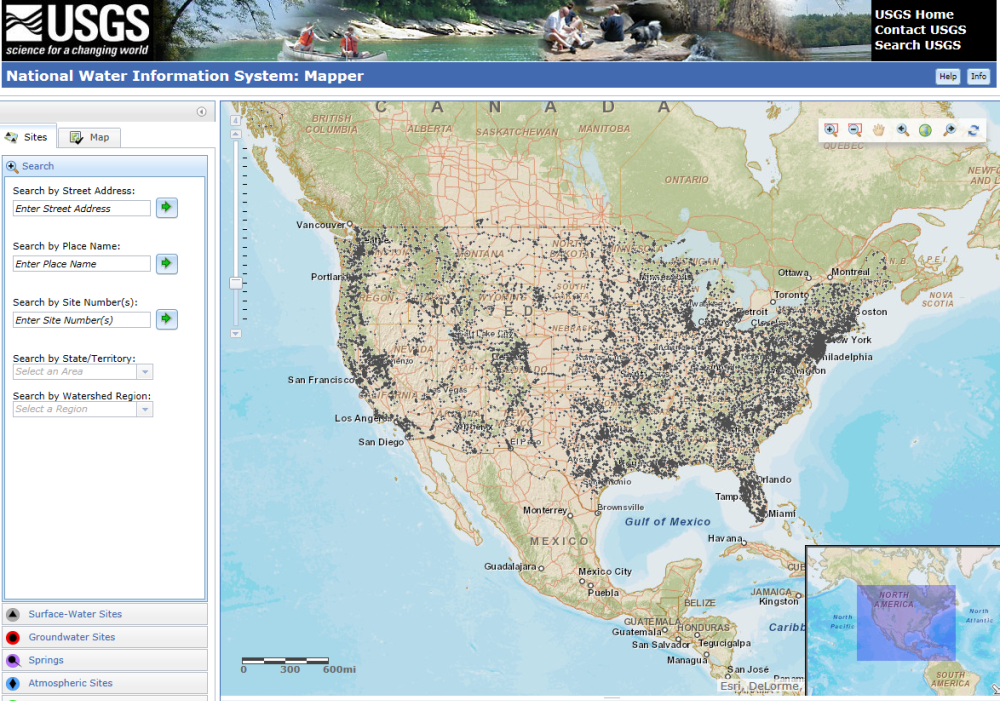
The collection of water data is rather like a sedate zoo.
The data sets, however elegant and illuminating, are penned in agency cages. Information on stream flow is cornered in the U.S. Geological Survey’s section of the park, while state groundwater and soil moisture networks are corralled in separate barns. Only with much time and patience can managers, researchers, and decisionmakers make the data interact.
This is not ideal.
“People are looking around and realizing that a lot of information is collected on water, and it is not easy to compile, and it is not in one place,” Alan Rea told Circle of Blue. Rea is a U.S. Geological Survey hydrologist and the manager of the national data set used to map rivers, lakes, and streams.
–Alan Rea, hydrologist
U.S. Geological Survey
A solution is slowly being developed. This summer, a working group comprised of federal agencies involved in science and water management recommended the creation of what is called the Open Water Data Initiative. The project’s goal is to develop a big data tent, an internet-based ecosystem to hold a comprehensive set of water information that will allow for faster research, more accurate forecasts, and better understanding of land, water, and climate interactions in an era of hydrological change.
As part of President Obama’s push for improving the nation’s climate data systems, the initiative has momentum, but it will need a long-term commitment. Rea said that the initiative has no dedicated funding yet, and that agencies are contributing people ad hoc to work on it. To fully develop the idea will take decades, he reckoned.
All species of hydrological data will be welcomed: groundwater levels and reservoir storage, snow conditions and river flows, information on water pollution and soil moisture. Even human uses of water will be incorporated – measures of water withdrawals, consumption, and the amount of water flowing from farm fields back into rivers.
“It’s a simple idea, but it will be interesting to implement,” said Rea, who is working on the initiative. By interesting, he means challenging. “We’ll need new technology to serve this data over the Web. For some data, we know how to do this. For some, we’ll need to learn.”
One of the hurdles will be integrating measurements taken at a single stream gauge or snow sensor with data that covers broader landscape trends.
Coming Soon
As a start, the initiative will work on a flood-monitoring tool, which will combine maps of river levels and the area that is inundated as the flood is occurring with forecasts of what will occur next. The deadline for the demonstration project is June 2015.
The initiative will be in the spotlight next week at the American Water Resources Association conference in Tysons Corner, Virginia. Four sessions on Thursday, November 6, will discuss data sources, technical obstacles, and opportunities for collaboration. But these are baby steps for a project that is just beginning to walk.
Brett writes about agriculture, energy, infrastructure, and the politics and economics of water in the United States. He also writes the Federal Water Tap, Circle of Blue’s weekly digest of U.S. government water news. He is the winner of two Society of Environmental Journalists reporting awards, one of the top honors in American environmental journalism: first place for explanatory reporting for a series on septic system pollution in the United States(2016) and third place for beat reporting in a small market (2014). He received the Sierra Club’s Distinguished Service Award in 2018. Brett lives in Seattle, where he hikes the mountains and bakes pies. Contact Brett Walton



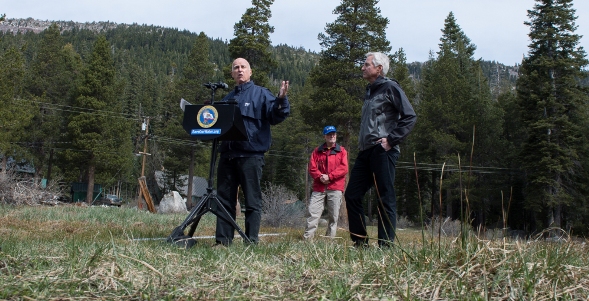
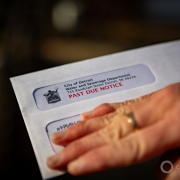
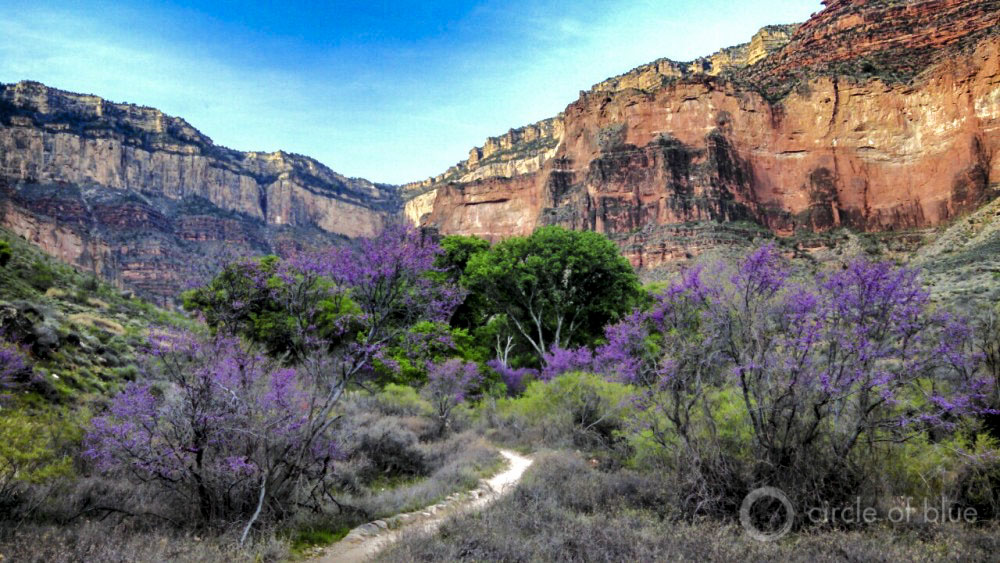
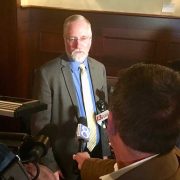
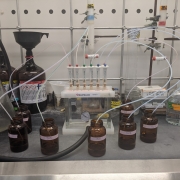



Leave a Reply
Want to join the discussion?Feel free to contribute!